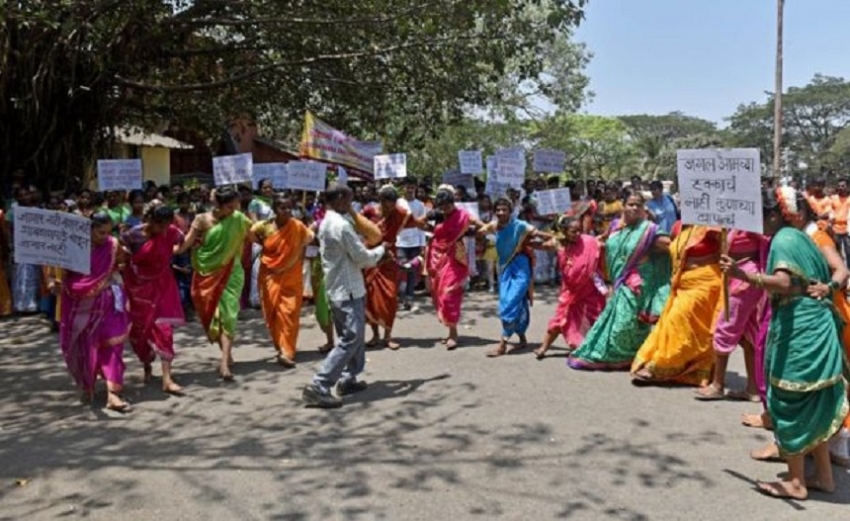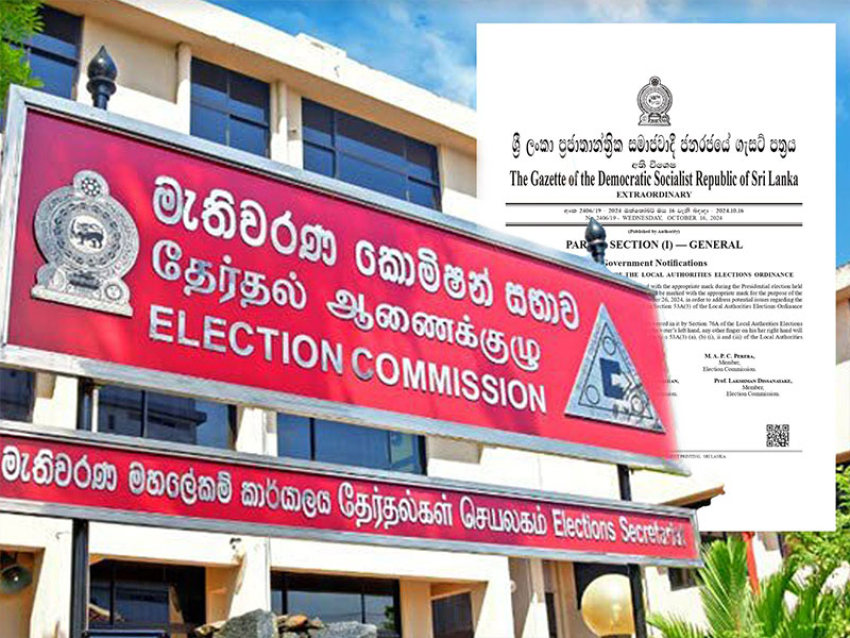India's top court has asked officials to stop cutting trees in a forested area in Mumbai city after protesters clashed with police over the weekend. The trees, part of a green strip known as Aarey colony, were being cut to make way for a new metro rail project. Locals have long opposed the move, and filed petitions seeking Aarey to be declared a protected area. But a high court dismissed the petitions on Friday, sparking protests as officials began felling the trees. They planned to cut 2,185 trees, and admitted in the Supreme Court that more than 1,500 had already been cut. But petitioners claim that officials have cut around 2,500 trees.
The fight to save Mumbai's last 'green lung'Local residents, students and environmental activists clashed with police on Friday as they took to the streets to stop authorities, and even broke through barricades to enter Aarey colony. More than 50 people were arrested and police imposed restrictions on public gatherings.The protests grabbed the national spotlight over the weekend, and the Supreme Court took suo moto (without a formal complaint from any party) notice.
What did the Supreme Court say?A special two-judge bench heard the matter on Monday after students wrote to the chief justice, asking the court to intervene and save the trees. The court asked the state government of Maharashtra, where Mumbai is located, to not cut any more trees. Police arrested more than 50 protestersThe court also asked the government to maintain "status quo" - which means that no construction can take place - until 21 October when it will hear the matter again. The court also ordered the release of all activists who were arrested or detained on bail.
What is Aarey colony? Spread over 1,300 hectares (3,212 acres), Aarey is a densely forested area dotted with lakes and has the Mithi river flowing through it. It lies at the heart of Mumbai and is often referred to as its last green lung. It's locally known as the Aarey "milk colony" because most of the land was given to the department of dairy development in 1951. But they are allowed to grow cattle fodder only on a fraction of the land.
Earlier this year, officials cleared some 40 hectares of the forested area to build a zoo, complete with a night safari. And now, locals complain, another slice of it is in danger from the metro construction.They also fear that the government will eventually clear the way for private builders to encroach on the Sanjay Gandhi National Park, which lies to the north of Aarey colony.Officials, however, dismiss these fears as unfounded and point out that the construction for the metro only requires 30 hectares.How crucial is the metro rail for Mumbai?The city badly needs a "mass rapid transport system," Ashwini Bhide, managing director of the Mumbai metro rail corporation, had told the BBC earlier. The land in Aarey colony, she said, was "the most suitable land due to its size, shape and location". She has also been defending the decision to cut the trees on Twitter.
India's financial hub is congested and infamous for its crawling traffic jams.Its colonial-era local train system ferries some 7.5 million people between the city's suburbs and its centre on a daily basis.Officials say that the metro will eventually carry around 1.7 million passengers every day and bring down the number of vehicles on the road by up to 650,000.
The fight to save Mumbai's last 'green lung'
The Aarey forest, a verdant strip that lies at the heart of India's bustling Mumbai city, is often referred to as its last green lung. But now, locals say, it's under threat from encroachment. BBC Marathi's Janhavee Moole reports. As a child, Stalin Dayanand used to picnic in the Aarey forest. “It was the only place where you could go and play, climb trees or just sit and eat under the shade of a tree and be close to nature," says Stalin, who prefers to go by his first name.
Now the 54-year-old is the director of an NGO that works to protect forests and wetlands. He is fighting for Aarey. On 6 June, the government cleared 40 hectares (99 acres) of the 1,300 hectare forest to build a zoo, complete with a night safari. Another slice of it is being claimed by Mumbai's new metro rail which is currently under construction. Thousands of trees will have to be felled to construct a new multi-level parking unit for the metro.
Stalin has petitioned India's Supreme Court challenging the construction, but the case is still pending.Locals and environmental activists like him are up in arms because they fear the government will eventually clear the way for private builders to encroach on the Sanjay Gandhi National Park, which lies to the north of Aarey. Spread over 104 sq km (40 sq miles), this protected area makes Mumbai one of the rare cities to have a jungle within its boundaries.
Their concern is partly fuelled by the fact that this is prime location in a city where land is scarce and real estate prices are among the most expensive in the world.But officials dismiss these fears as unfounded and point out that the construction for the metro only requires 30 hectares of the 1,300 hectares that make up the Aarey forest."This is the most suitable land due to its size, shape and location," says Ashwini Bhide, managing director of the Mumbai metro rail corporation.
Plans to fell trees in the forest have led to protests She adds that the city badly needs a "mass rapid transport system". India's financial hub is congested and infamous for its crawling traffic jams and its local train system heavily overburdened. Officials say that the metro will eventually carry around 1.7 million passengers every day and bring down the number of vehicles on the road by up to 650,000. The city's current colonial-era railway system, which is effectively its lifeline, ferries some 7.5 million people between Mumbai's suburbs and its heart on a daily basis.But they have been up against the city's residents, including activists and conservationists, ever since news emerged in 2014 that trees would be cut to make way for the metro.
It's locally known as the Aarey "milk colony" because most of the land was given to the department of dairy development in 1951. But they are allowed to grow cattle fodder only on a fraction of the land. The rest of it is densely forested and dotted with lakes, and the Mithi river flows through it. Aarey is also home to tribal communities who live in settlements known as "padas".
"We are not getting basic facilities here, and now metro authorities want to take away the jungle which belongs to us too," says Asha Bhoye, who belongs to the Konkani tribe and lives in one of the 29 padas. Plans to relocate some of the tribal communities have also met with resistance and led to protests. talin alleges that instead of declaring the Aarey forest a protected area, the state government has used the opportunity to parcel away pieces of it first to the dairy development department and now to other projects.
"Aarey Forest is part of the same forest as Sanjay Gandhi National Park and we are fighting for the national park itself. In the name of public good, the land is being opened up for developers. It's a systematic effort to destroy the forest." Activists fear that after the parking units are built, other projects will be permitted, further threatening the area's ecology and wildlife, which includes leopards.
So locals have joined the fight enthusiastically, even leading hikes into the forest to raise awareness. "We bring people here, make them familiar with the forest - there are many species of spiders like trapdoor spiders, the site [of the parking unit] is a leopard site," says Yash Marwa, a screenwriter who is among those campaigning for the forest. "Mumbai needs to be liveable", he adds. "We need to talk about good quality of air and life before talking about infrastructure and development." Stalin agrees, saying that "air quality and temperature seem to be last among people's priorities."
But he is determined to not give up. "If I couldn't do something for my city I'd consider I've failed myself."



















